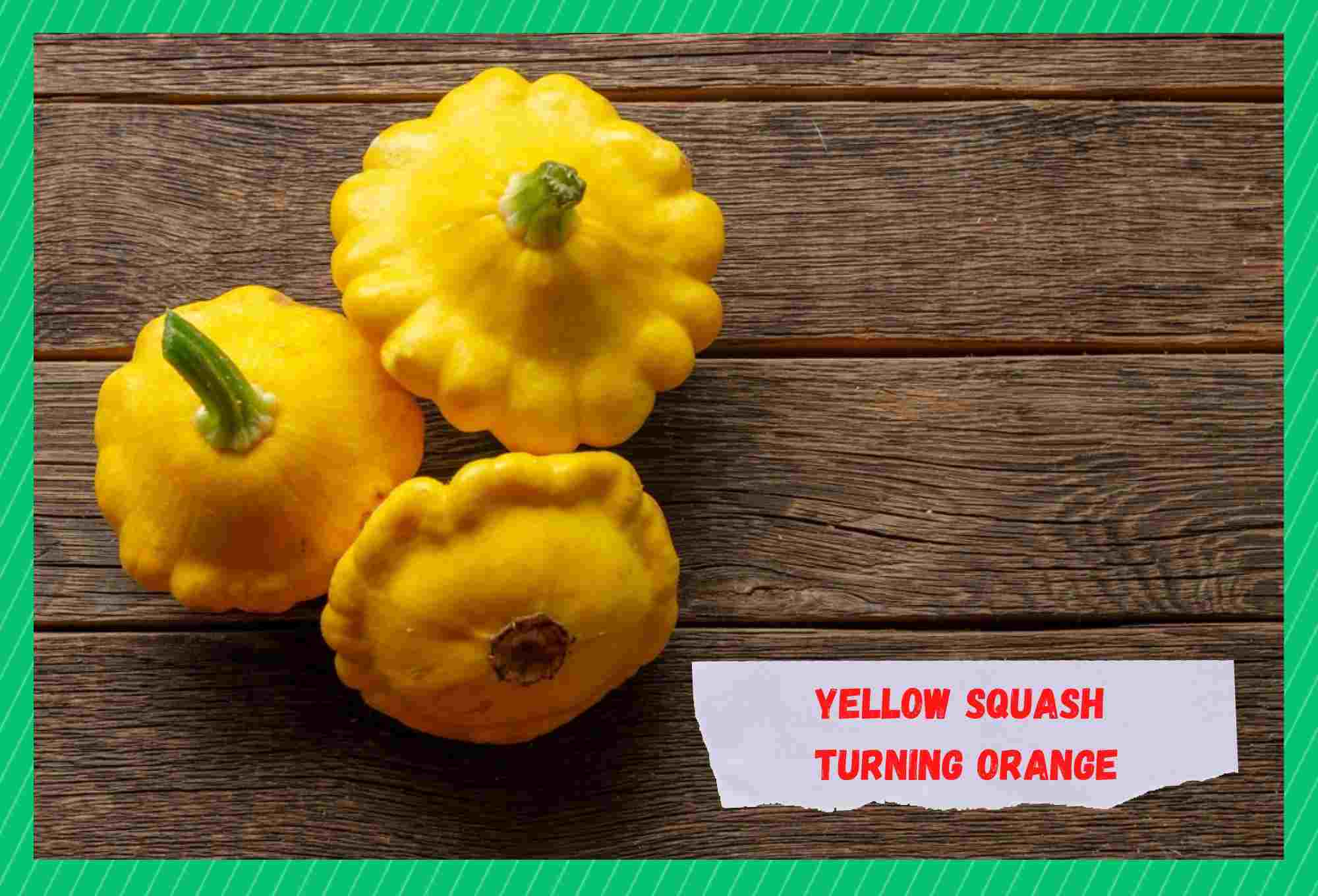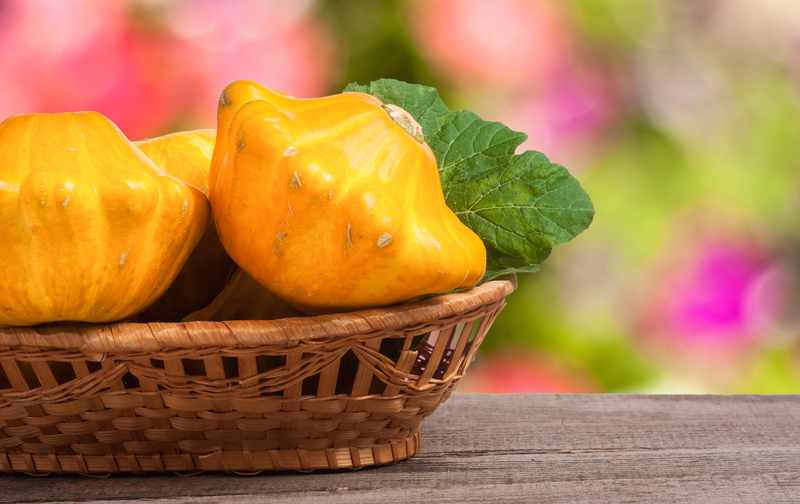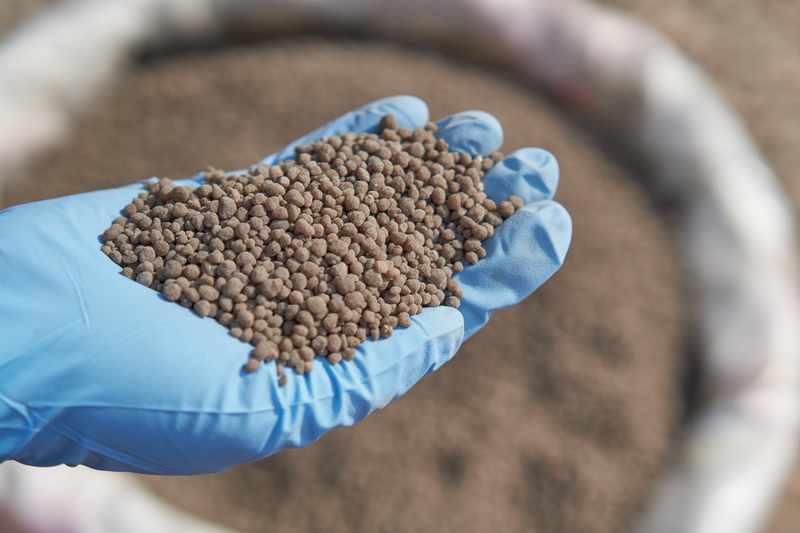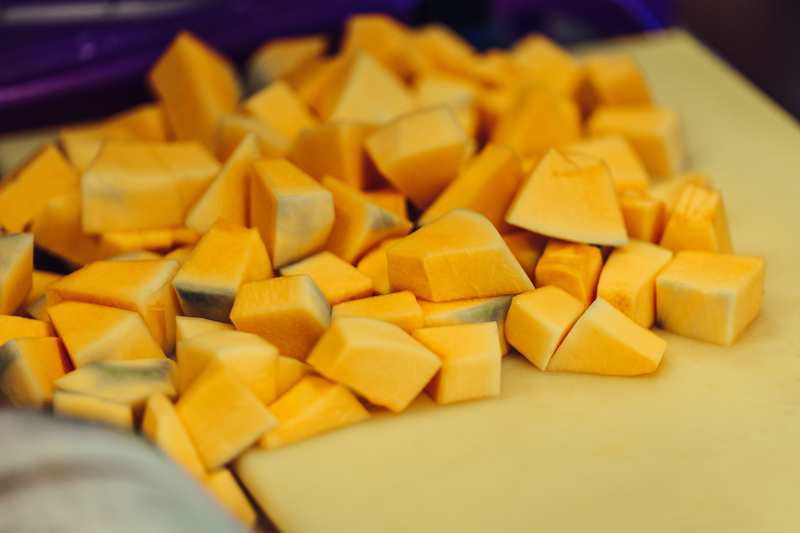
Yellow squash, commonly known as summer squash, is a young fruit of Cucurbita pepo that belongs to the cucurbit family of fruits. Its thin edible skin, seeds, and high water content make it a cool refreshing fruit perfect to relish in spring and summer. It has a mild flavor and does not require much cooking.
Yellow squash offers lots of amazing health benefits as well. It is rich in Vitamin A, which improves your eyesight and boosts your immune system. It has also shown great results against diabetes and is often recommended to diabetic patients.
Furthermore, including yellow squash in your diet is a great way to gain nutrients, such as calcium, magnesium, etc.
With that out of the way, if you have ever planted yellow squash, you might have noticed that sometimes they turn orange after a certain time. It is a common problem associated with yellow squash and may leave you wondering if it is still safe to eat.
So, why does yellow squash change its color, and more importantly, how to avoid this problem? That would be the premise of our discussion today.
Yellow Squash Turning Orange
Here are a few reasons why yellow squash may turn orange.
- Fruit Maturity
Fruit maturity is one of the primary reasons why fruits change their colors. If your yellow squash has passed beyond maturity, it is likely to change its color to orange. It is seen that yellow squash ripen faster sometimes.
Perfectly ripened yellow squash is surely worth the wait. If your yellow squash has overripened, it would be better not to consume it.
Overripened yellow squash has a high content of sugar, and diabetic patients may experience digestive problems after consuming them. Furthermore, it is also associated with bloating, heartburn, and abdominal pain. So, if you notice a change in color in your yellow squash, consider throwing it away.
To prevent yellow squash from overripening, you will need to focus on its color and texture as it grows. Hard skin is a symptom of over-ripened yellow squash, so consider checking its firmness every now and then.
The fingernail test can help you determine whether yellow squash is hard or not. Push your fingernail into the yellow squash. If it is hard to penetrate, consider harvesting it.
If you wait too long and the summer squash overgrows, it will have big seeds and will be hard to eat. Its skin will also be harder than usual. However, it would still be edible and taste pretty much the same if it has not changed its color.
If it has changed its color, consuming it can lead to bloating, heartburn, and numerous other health problems.
- Insufficient Nutrition
Insufficient nutrition is also among the main causes for yellow squash turning orange. It occurs when there are not enough nutrients in the soil. Like every other fruit, yellow squash also requires a certain amount of nutrients in the soil for optimal growth.
If the soil lacks essential nutrients, yellow squash will show several symptoms to show this deficiency.
If that’s the case, introducing fertilizers to soil may improve its quality. A fertilizer is a nutrients-containing substance that is applied to soil to improve its fertility.
Liquid and dry fertilizers are readily available in the market that can be used to overcome insufficient nutrition in the soil. Liquid fertilizers are more efficient and work faster than dry ones. However, be mindful that extreme heat can turn liquid fertilizer into dangerous gases.
If you have a dry fertilizer and want to convert it into a liquid fertilizer, simply dissolve it in water. Applying the fertilizers to the soil is also a simple process. All you need to do is spread the fertilizer onto the top of the soil evenly.
Instructions regarding the fertilizer application process are given on the package, so consider going through those instructions if you are unsure about it.
Having said that, it is pertinent to mention that fertilizers cannot remedy yellow squash that has already turned orange.
- Diseases & Exposure
Your yellow squash may also turn orange due to numerous diseases. These fruits are susceptible to many diseases. If so, it is advised to spray your summer squash plants with a fungicide. And yes, make sure to remove and destroy the infested ones.
Moreover, consider reaching out to a professional botanist as soon as you notice a change in your fruits’ color. They will diagnose the disease and recommend an appropriate treatment.
Apart from that, summer squash plants are likely to change their color when exposed to direct sunlight. While squash plants require sunlight to ripen their fruits, excessive sunlight can harm them by damaging their tissues.
Studies have revealed that UV rays in sunlight can damage the membranes of fruit plants and cause numerous problems. Although summer squash plants are capable of enduring high temperatures, they can also show problems when exposed to harsh sunlight for a long time.
It would be a good idea to cover your summer squash plants with a shade cloth to protect them from blistering sunlight in summer. It is made of knitted material, such as polyester, which protects your plants.
In addition to that, make sure to water your summer squash plants regularly early in the morning. Watering at midday is not as effective, as water is likely to evaporate before it reaches plants’ roots.
And yes, overwatering is also harmful to plants, even during summer. So, water them only when the soil is dry.
How to Store Yellow Squash?
When stored properly, yellow squash can remain edible for 4-5 days easily. You can cut them into slices and refrigerate them. And yes, don’t forget to put them in a container or a ziplock bag first.
This will help them retain their moisture and last longer. If stored this way, they will likely last for 6-7 days. You can also cook them first and then store them in a refrigerator.
But how do you know if your yellow squash has gone bad? Well, soft skin, brown spots, and a change in color are some symptoms that indicate that the summer squash has gone bad. If your yellow squash has brown spots, it is safe to eat as these spots are only skin deep in most cases.
The brown spots appear due to the Mozaic virus, and the fruits affected by this virus are usually safe to eat. So, peel the skin to determine whether the inside of your yellow squash is affected or not. If it is intact from the inside, you can eat it or use it in recipes.
If yellow squash feels squishy, it is starting to decay. Consider consuming it, or it will rot soon. As mentioned above, yellow squash can only be stored for 6-7 days, and they will begin to rot after that.
The Bottom Line
Yellow squash is widely consumed all over the world, thanks to its amazing health benefits. It can be used in recipes or eaten raw. If your yellow squash has turned orange, there could be several reasons for it.
It may have overripened, or the soil may not have enough nutrients for optimal growth. Furthermore, diseases and harsh sunlight can also cause them to change their color to orange.




